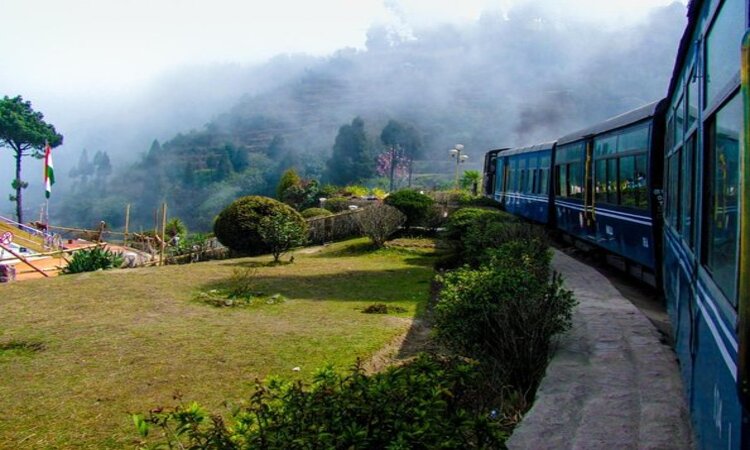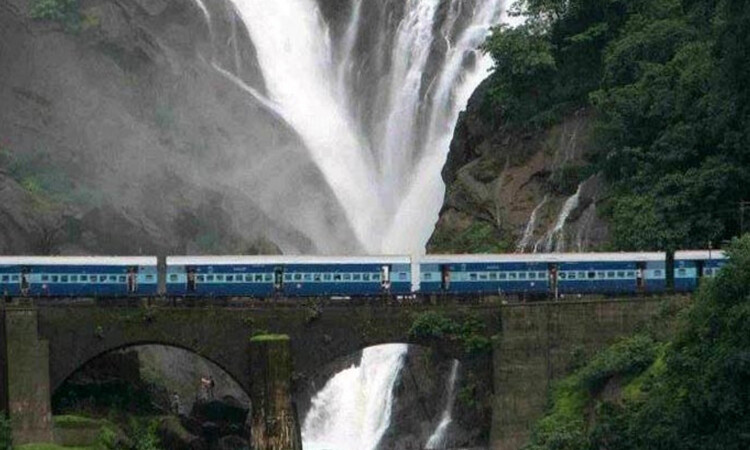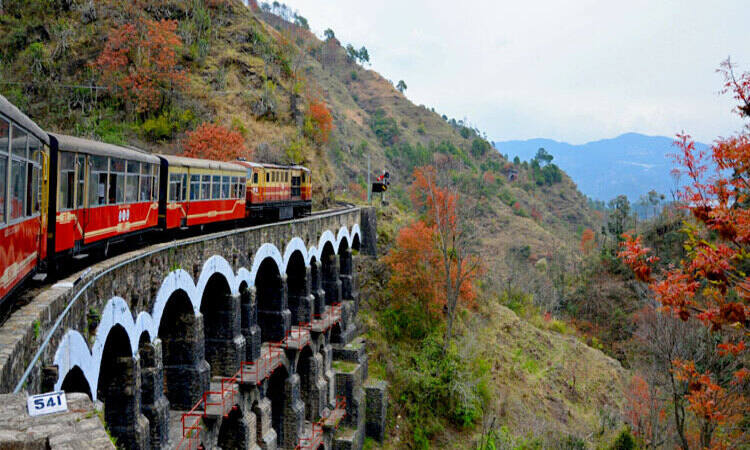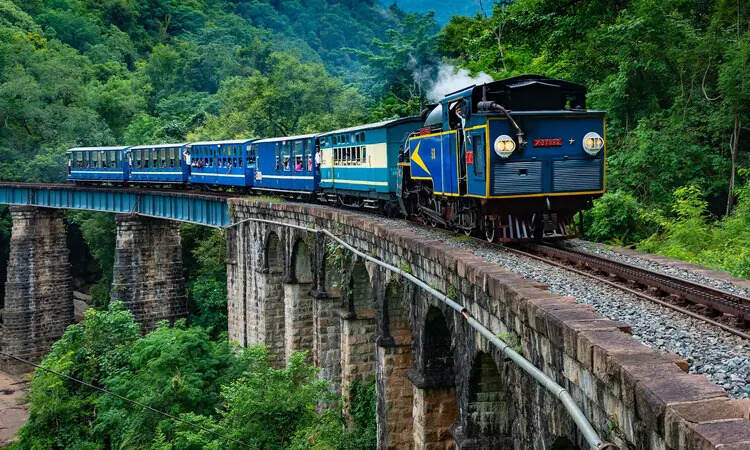If you are a thrill seeker in search of an exhilarating and awe-inspiring adventure, then the Indian Railways may be able to offer just what you are looking for. The country boasts of some of the most thrilling rides on its train tracks which are filled with scenic views as well.
From crossing dense forests to traversing Himalayan mountains, these train routes offer an exciting way to take in the natural beauty of the country. In the following sections, we shall explore into some of India’s most challenging train routes. Learning about the following routes will help plan your next adventure.
Almost any kind of thrill seeker is sure to find some exciting attractions on the Indian Railways. The following train routes are likely to be highly exciting for a wide variety of travellers ranging from adventure junkies to regular travel enthusiasts.
The Darjeeling Railway Line
The DHR, which connects Darjeeling with New Jalpaiguri is among the most popular attractions of the hill station. A 2-feet narrow-gauge track spanning 88 kilometres in length, it accommodates a toy train that gushes along the hillside while offering the most breathtaking views of the valley.

(Image Credit: Viator)
The route was first erected in 1879 and the construction was finally completed two years later. Known for its steep gradients and sharp turns along its narrow tracks, the train route ensures a most challenging and exciting ride.
The Batista Loop offers a particularly delightful vista for tourists as the train negotiates its graceful circle amidst the spectacular backdrop of the mighty slow-clad Kanchenjunga. Passengers are sure to marvel at the innovative design of three loops and six zig-zag reverses along the track.
The Konkan Railway Line
Running along India’s western coast, the Konkan railway spans over 700 kilometres between Mumbai and Mangalore. What’s more, riding along the Konkan Railway will take you across spectacular waterfalls and lush green forests.

(Image Credit: MetroSaga)
The route is renowned for its many viaducts, tunnels, and bridges that were constructed to negotiate the challenging terrain. The Panvalnadi Viaduct is probably the Konkan railway’s most notable feature, spanning over 2 kilometres in length which makes it one of India’s longest railway bridges.
Travelling across the Konkan Railway is sure to be a most unforgettable experience that will provide passengers with scenic views of the Arabian Sea and the Western Ghats. The sharp curves, steep gradients, and challenging terrain of the route make it a resounding testament to human ingenuity.
The Kalka-Shimla Railway Line
Known for its breathtaking Himalayan views, the Kalka-Shimla is a narrow gauge railway that connects Kalka to Shimla through a largely mountainous route. It was built between 1898 and 1903 to connect Shimla the summer capital of the British with the rest of the Indian Railways.

(Image Credit: Royal Retreat Shimla)
One of the most thrilling aspects of the Kalka-Shimla Railway is the journey through the 102 tunnels along the way. These tunnels, some of which are as long as 1.2 kilometres, were carved out of solid rock and are a testament to the ingenuity of the engineers who built this railway. As the train chugs through the dark tunnels, the sound of the engine reverberating off the walls creates an otherworldly experience that is both exhilarating and terrifying.
The train climbs over 4,000 feet from Kalka to Shimla, making it one of the steepest railways in the world. The sharp turns and twists in the track provide an adrenaline rush, and the sheer drops on either side of the track create a sense of danger and excitement.
The Kalka-Shimla Railway also passes through several bridges and viaducts that add to the excitement of the journey. The most famous of these is the Barog Tunnel, which is the longest tunnel on the line and is named after the engineer who committed suicide during its construction. The tunnel is a feat of engineering and a testament to the human spirit of perseverance.
The Nilgiri Mountain Railway Line
The narrow-gauge railway runs from Mettupalayam to Ooty, winding through the Nilgiri mountains and passing through 16 tunnels and over 250 bridges.

(Image Credit: Tamil Nadu Tourism)
The train route is known for its steep gradients and breathtaking views of the mountains, tea plantations, and waterfalls. The most notable feature of the Nilgiri Mountain Railway is the spiral loop at Coonoor, where the train makes a complete circle to gain altitude.
Apart from the scenic beauty, the train ride itself on the Nilgiri Mountain Railway offers a unique and thrilling experience to the passengers. The train passes through numerous tunnels and over several bridges, giving passengers a sense of excitement and adventure. The train also navigates through steep inclines and sharp curves, making it a thrilling ride for anyone who loves a bit of adrenaline rush.
Another unique aspect of the Nigiri Mountain Railway is the use of a special braking system called the 'rack and pinion' system. This system is used to help the train navigate the steep gradients by providing extra traction to the wheels. It adds a level of technical complexity to the train ride, which is sure to impress any train enthusiast.
Conclusion
India is a country of diverse landscapes and rich cultural heritage. One of the best ways to explore the beauty and diversity of this country is by train. The challenging train routes in India offer a unique and unforgettable adventure for thrill-seekers. Each journey is filled with its own set of thrills and experiences that will leave travellers in awe.
Whether you are ascending or descending steep slopes, or negotiating winding curves and loops, India's challenging train routes provide the most enduring experience. From the adrenaline rush of crossing dizzying heights to the breathtaking beauty of the villages passing by, these train routes are ones you will never forget.
Whether you are a train enthusiast or a nature lover, these challenging train routes in India are sure to leave an indelible mark on your memory.

